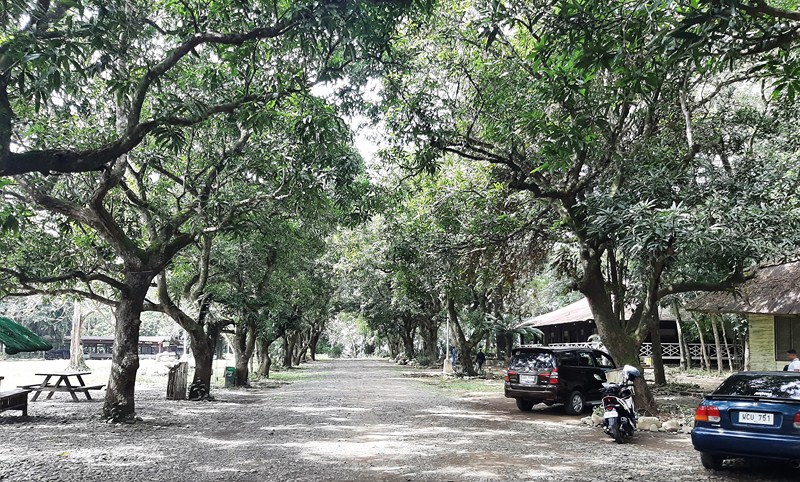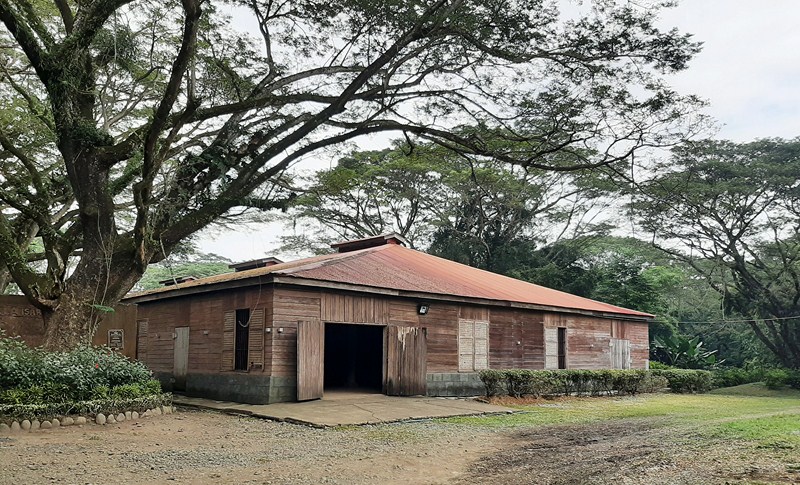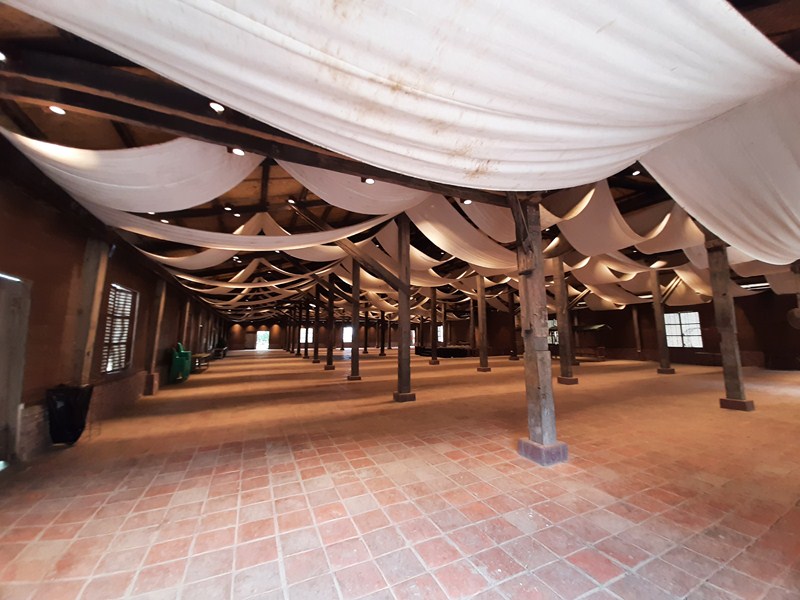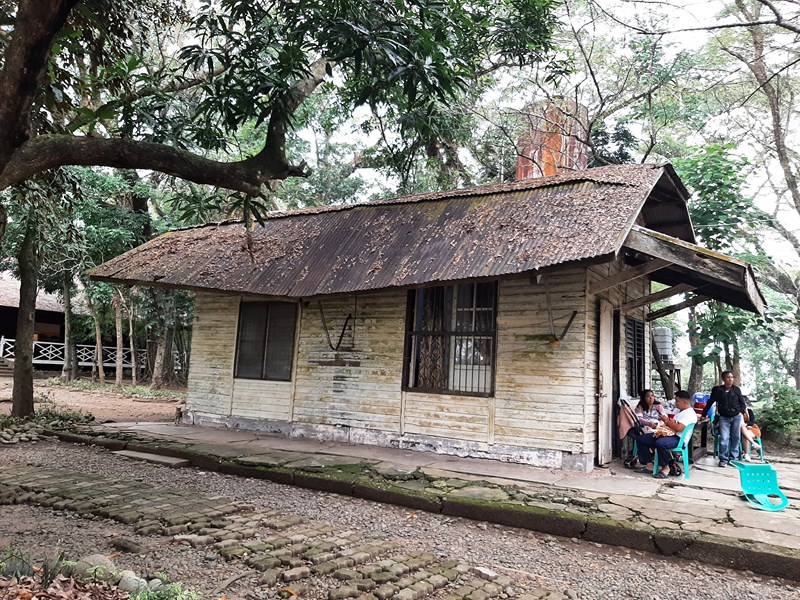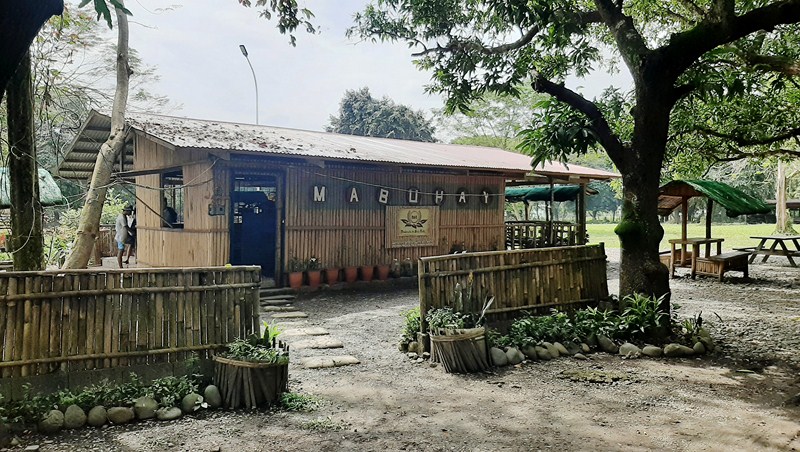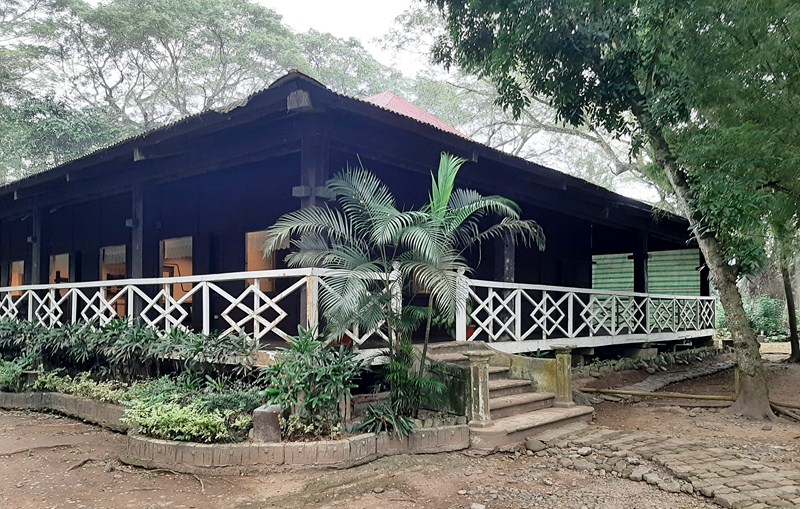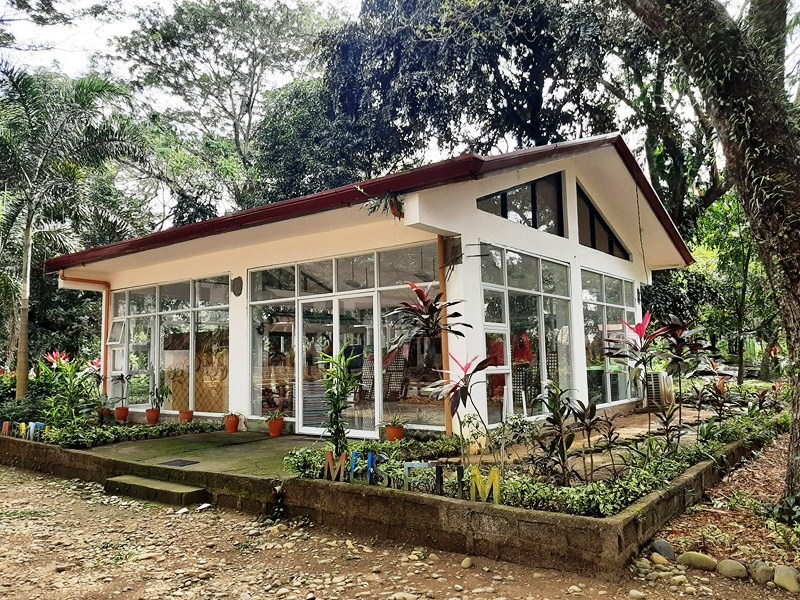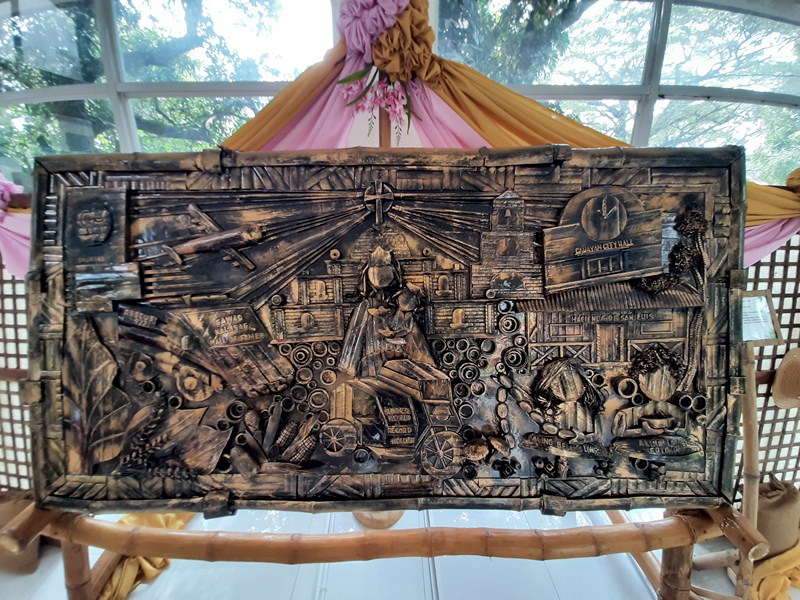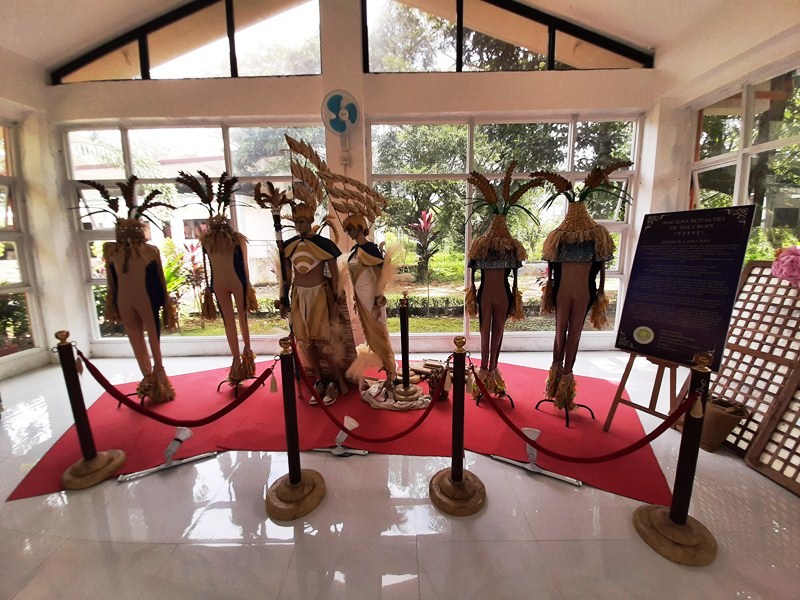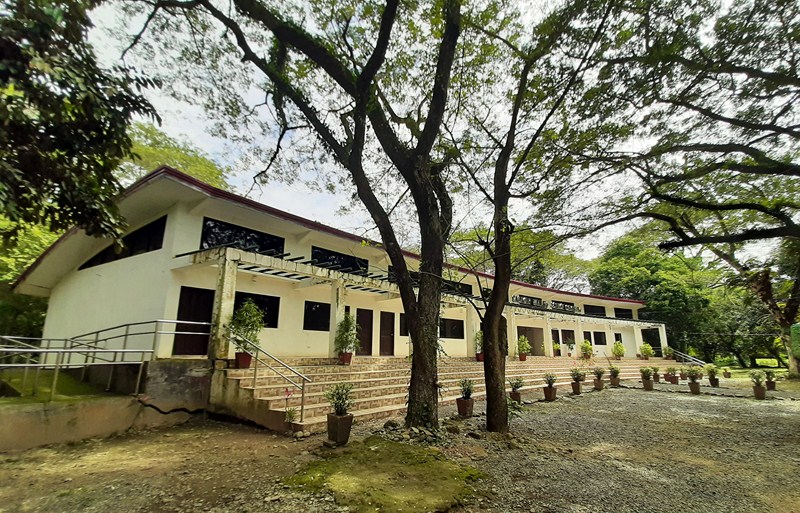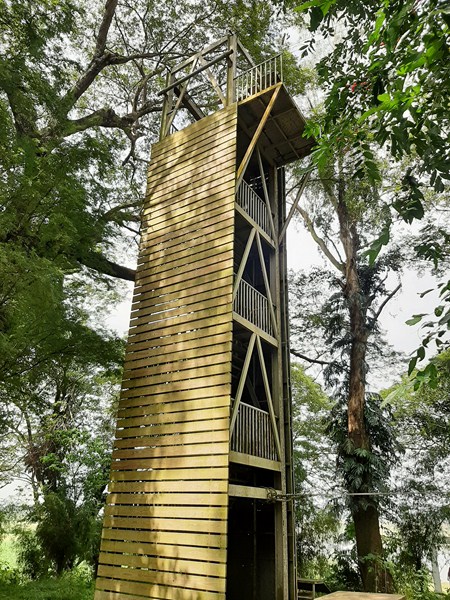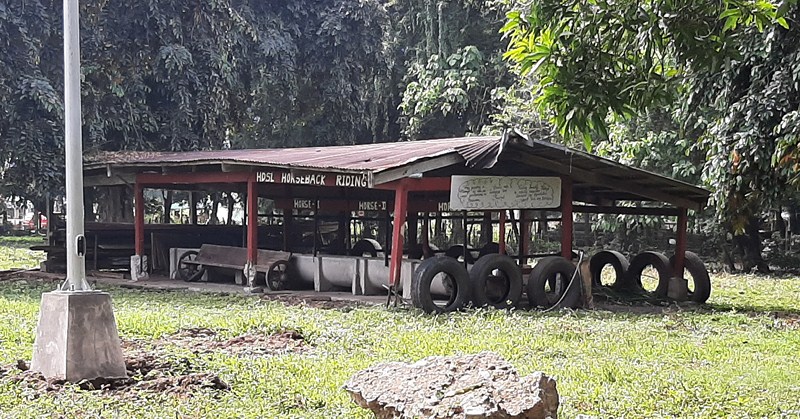Hacienda de San Luis Eco-Tourism Park, the first eco-tourism park in Cauayan City, gives a flashback of what Cauayan City was in 1740 as well as the city’s indigenous people’s (Gaddang, Ibanag, Itaois and Yogad) culture.
The park is home to the Museo de San Luis, the Cagayan Valley Regional Science Centrum, the La Flor de Isabela Function Hall and the Gawa-Gawayan Museum.
Here is the historical timeline of the hacienda:
- In 1887, a portion of Barrio Mabantad, of about 3,940 hectares, was acquired, for 22,000 pesos, by the Compaña Casal owned by Mr. Antonio Casal. Mr. Federico Corea was appointed as the first administrator of the hacienda. Mr. Corea, named the locality as San Luis, after Saint Louis Bertrand, O.P.(1526-1581; Luis Beltrán), a Spanish Dominican who preached in South America during the 16th century, and is known as the “Apostle of the Americas.” The population of the hacienda grew and the area was converted into a formal barrio of Cauayan.
- In 1909, the compaña expanded the area of the hacienda with the purchase of 19 hectares from Mrs. Engracia Maragun de Lacaste.
- In 1910, another 540 hectares were bought from the government (Friar Lands Estate).
- In 1913, the first administration building stood in the Cabeceria Especial (the poblacion of San Luis) was razed to the ground by fire. In its place, a more spacious building was constructed. In time, when the compañaacquired enormous business footing, other big buildings were constructed.
- In 1923, the Catholic Church was erected. A school building was also constructed to provide the farmers’ children their elementary education with Mr. Pio Tominez as the first teacher.
- During the Japanese Occupation, the headquarters of the 1st Batallion, 7th Infantry of the 34th Division Guerilla Unit, Isabela Area, was established here. Houses in Cabeceria No. 3 were burned, in punitive actions, by the Japanese.
- On October 9, 2015, Hacienda San Luis was inaugurated as the first eco-tourism park in Cauayan City.
The Museo de San Luis, open last October 9, 2022, showcases how tobaccos were made for the Manila-Acapulco Galleon Trade. The one-storey, former tabacalera (tobacco warehouse) is now the La Flor de Isabela Function Hall, an events place.
Check out “Museo de San Luis”
The one-storey Gawa-Gawayan Museum exhibits Gawa-Gawayan Festival memorabilia such as the Festival King Queen costumes, designed by Bonsai Cielo, of John Paul Domingo and Sue Francesca Galingana; headdresses; hats and the 4 x 8 ft. Bamboo de Cauayan, the Bambanti Festival 20019 grand champion in the agricultural booth category.
Also within the grounds is the two-storey Cagayan Valley Regional Science Centrum (CVRSC), which children will find enjoyable. Inaugurated last January 28, 2020,
It aims to promote awareness and appreciation of science, technology, engineering and mathematics (STEM). It houses four interactive science exhibits – Science Adventure, Science at Work, Science Sparks and Health Science. Its exhibits include an Anti-Gravity Mirror and a Van de Graff Static Ball.
The park also has a picnic area, a rappelling and climbing wall plus a 250 m. long and 9.15 m. (30 ft.) high zipline where you can get a majestic view of Cagayan River. Other activities offered here are biking and horseback riding.
Hacienda de San Luis Eco-Tourism Park: Brgy. San Luis, Cauayan City. Tel: (078) 652-2017. Mobile numbers: (0905) 390-1255 and (0926) 204-4429. Open daily, 7 AM – 8 PM.
Isabela Provincial Tourism Office: Provincial Capitol Complex, City of Ilagan, Isabela. Tel: (078) 323-3146. Mobile number: (0917) 317-3820. E-mail: isabelatourismoffice@gmail.com.
Isabela Provincial Information Office: Provincial Capitol Complex, City of Ilagan, Isabela. Tel: (078) 323-0248. Mobile number: (0927) 395-7555. E-mail: letters_info@yahoo.com.
How to Get There: Cauayan City is located 394.8 kms. (a 7.5-hour drive) from Manila and 35.5 kms. (a 45-min. drive) from the City of Ilagan.

